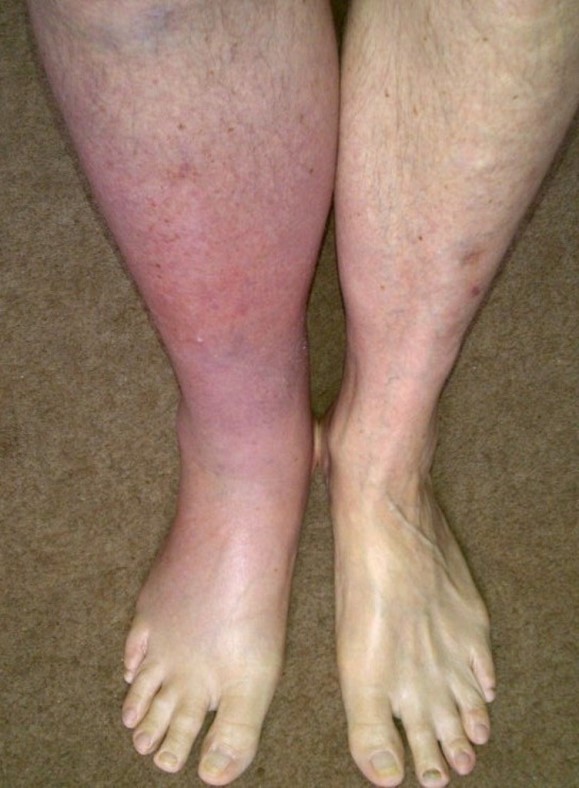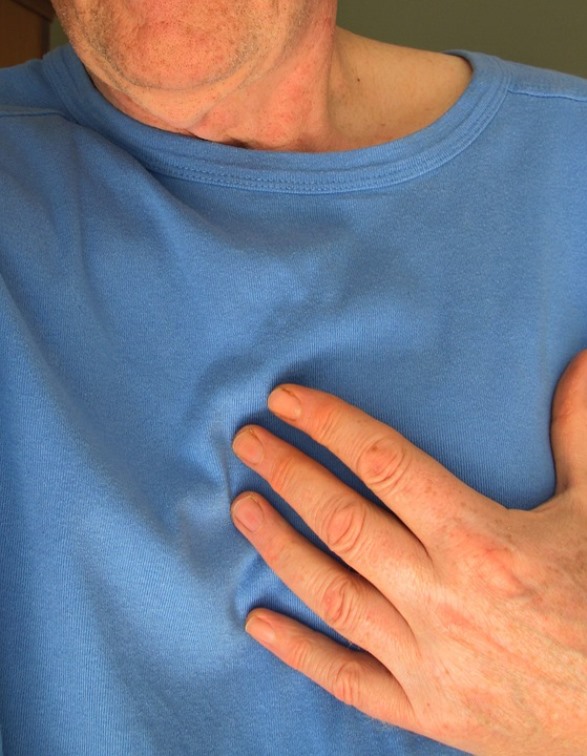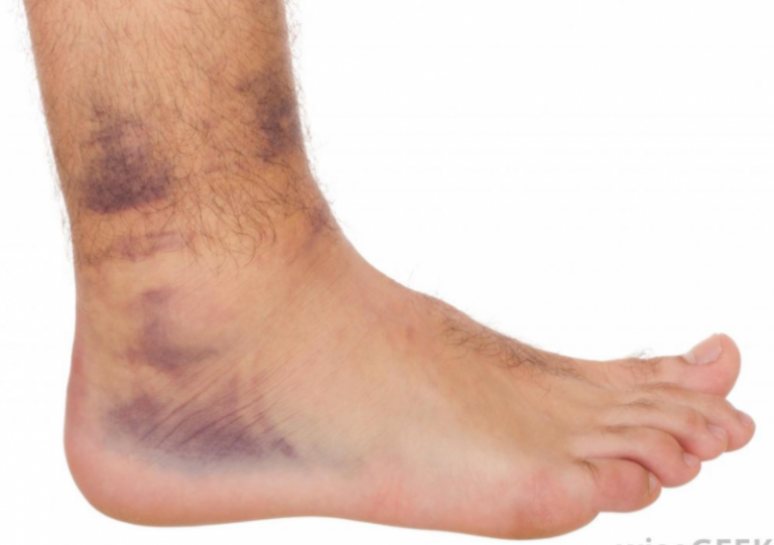A blood clot, also known as thrombus, repairs damages done to a vein, artery, or a blood vessel.
These are gel-like substances formed by fibrin and platelets to prevent and stop excessive bleeding.
Coagulation or blood clotting is an important function of the body as it can help in saving your life in case of accidents or severe injuries. Protein and platelets work to create a clot to stop you from bleeding.
But sometimes, blood clots can form even when the body doesn’t require them. The formation of blood clots can cause a heart attack, stroke, and other life-threatening problems. There are many signs and symptoms that you can watch out for if you suspect that you have a blood clot.
#1. According to Medical News Today, blood clots usually develop in legs.
healthandlovepage.comIf you notice tenderness and swelling in your legs, know that these are common symptoms of blood clots.
#2. Dark or red discoloration forming on your leg.
recipekineticsand.comAnother symptom of a blood clot is a dark or red discoloration on your leg. The skin may also feel tender and warm, and you may feel pain in the calf when trying to stretch your toes upwards.
#3. Different symptoms may occur depending on where the blood clot forms. If a blood clot is in the heart, you may feel pressure or heaviness on your chest.
PixabayYou may also experience difficulty breathing and lightheadedness.
#4. If there is a blood clot in your abdomen, vomiting is a common symptom. It may also be accompanied by abdominal pain.
PixabayThis blood clot may cause mesenteric ischemia, which happens when a blood clot forms on the artery that supplies the intestine. Other symptoms are abdominal pain, nausea, and blood in stools.
#5. Another warning sign of a blood clot is phlebitis. It is an inflammation in the vein that may result in abnormal blood clots.
You may notice redness and tenderness of the skin. If you notice a blue lump or redness in your vein, consult your physician right away.
#6. A blood clot in a retinal artery may lead to partial or complete blindness. Other symptoms are difficulty standing, walking, and vertigo.
PixabayDizziness or vertigo may have resulted from a blood clot that blocks the cerebral artery.
#7. In cases of a blood clot in the artery of the brain, a person may experience paralysis or weakness on one side of the body, loss of vision, and loss of speech.
Visit your doctor or ask someone to take you to an expert as these are symptoms of a stroke.
#8. Those who have blood clots in their lungs may experience sweating, a racing heart, extreme chest pain, and fever.
In some cases, they may also cough up blood. If you experience any of these symptoms, visit your doctor immediately.
Always reach out to your local health practitioner if you have worrying symptoms as it could be a sign of a severe health problem.
What are your thoughts on this? Don’t forget to SHARE this info with your family and friends!











